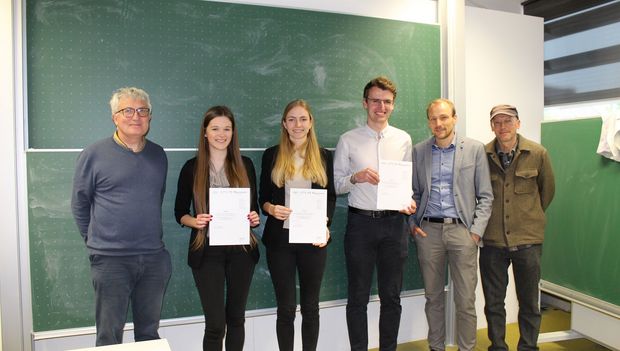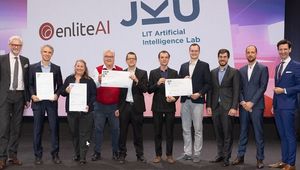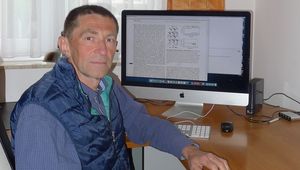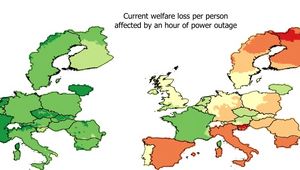Just how much electricity does LINZ AG supply to its customers on a daily basis? Good question - the answer depends on a number of different factors.

Statistics students at the Johannes Kepler University Linz took part in a challenge to look at how accurately they could predict LINZ AG consumer electricity consumption in Linz - and a winner was selected!
Many people believe statistics is a very dry subject but that could not be further from the truth: real life is behind every statistic. Just when is a pandemic considered ‘out of control’ and requiring action? How do economic stimulus programs affect unemployment numbers? Which team is most likely to win a soccer tournament? While statistics cannot predict individual events with any degree of certainty, they can accurately provide predictions about large numbers of events. This is why market research, for example, as well as industrial quality controls are based on statistics, financial analyses, and political policies.
Statistics Degree Program with Real-World Experience and AI
Prof. Andreas Futschik, co-director of the JKU Kurt Rothschild School of Economics and Statistics, explains: "Students at the JKU are given a well-founded, interdisciplinary education. The Bachelor's degree program in Statistics and Data Science also includes applying and using artificial intelligence. This is unique in Austria."
As he also believes strongly in taking a hands-on approach, a challenge was organized together with LINZ AG in which students had to predict the LINZ AG’s energy demand. The LINZ AG supplies energy to the majority of those in the state capital.
Klemens Längauer of LINZ AG explained that it is not an easy task as " … energy consumption varies depending on many factors. Electricity consumption is about twice as high during peak hours during the day and at night. Factors that influence our consumption behavior include the time we get up, cooking, etc. In addition, the duration of sun we get per day plays a big role as well." Despite even those most accurate predictions, unforeseen events can result in higher costs.
Birgit Grubauer of Gallneukirchen Brings Home the Win
20 JKU graduate students accepted the challenge, taking as many factors into account as possible and coming up with their own predictions regarding consumer electricity consumption at LINZ AG. The winning submissions were selected and Birgit Grubauer won (average deviation: approximately 6 megawatts from the actual electricity consumption of 96 gigawatt hours for November and 106 gigawatt hours in December). Elias Zeintl was the next runner-up (average deviation: 6.97 MWh), and Victoria Wimmer came in third (average deviation: 7.17 MWh). The winners will also receive prize money in the amount of € 2,000 generously provided by LINZ AG. In addition, they will write a report about their method which will be a part of their grade in "Computational Statistics".
The 23-year-old winner spent close to 50 hours working on her model. Ms. Grubauer remarked: "The hardest part for me to make my prediction was deciding what type of model would work best because real-world data often deviates from theoretical data."
Birgit Grubauer would highly recommend the degree program without any reservations: “The program is a combination of theory and real-world practices applied to different interdisciplinary projects. In addition, the student-professor ratio is small and students benefit from individual support by faculty members as well as close contact to fellow students.”
Klemens Längauer (LINZ AG) was impressed by the high quality of the results. "There is a high level of expertise on display and when looking at our own models, we will certainly look at whether or not we can make use of these results."
In addition, as part of the upcoming “Global Shift” exhibition at the Ars Electronica Center, Ars Electronica Solutions will attempt to provide the public with a visual and interactive display that presents the results and addresses the importance of finding better ways to forecast the current energy load.











